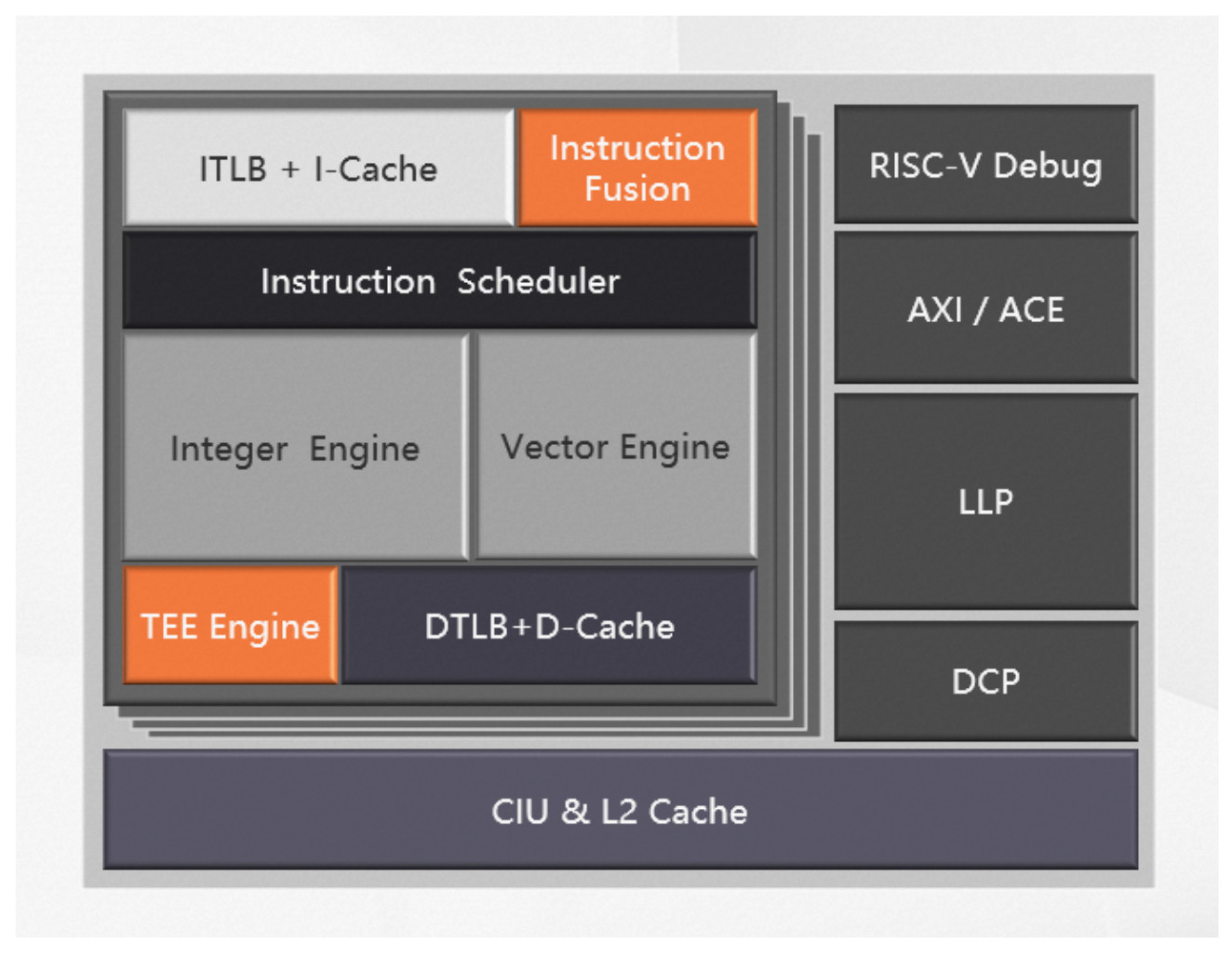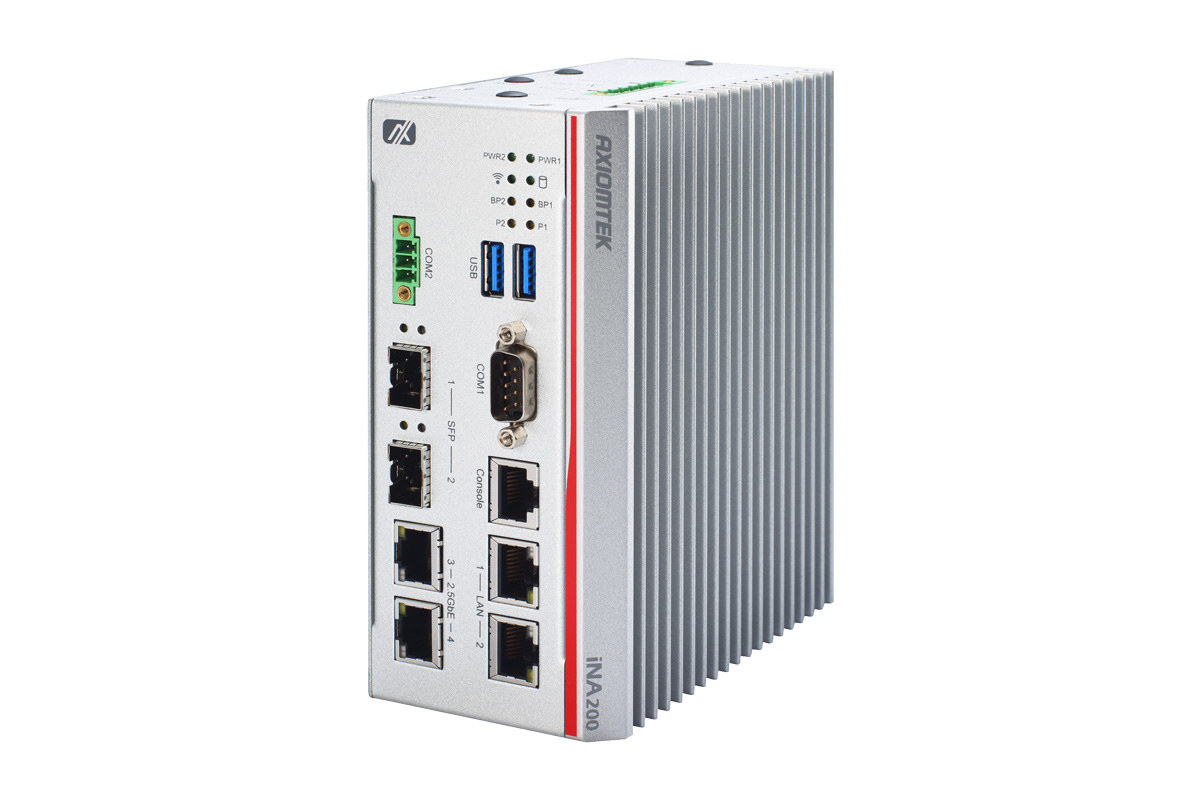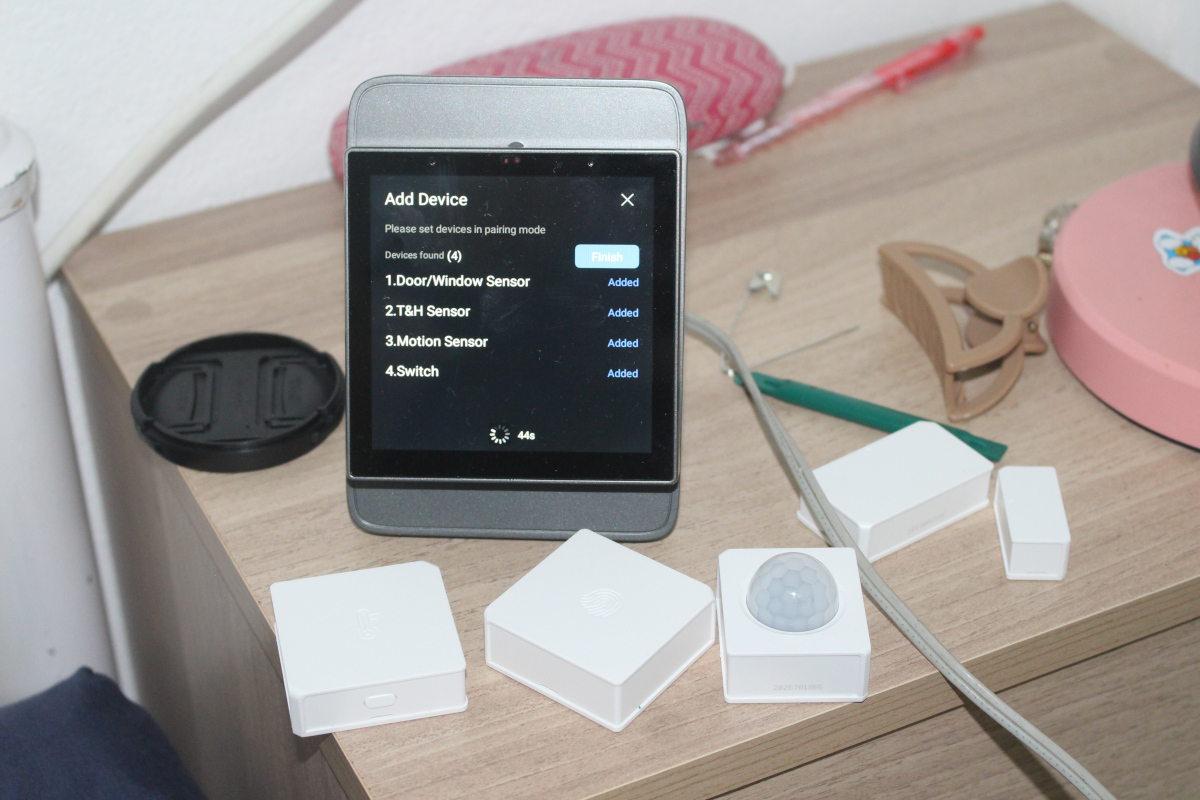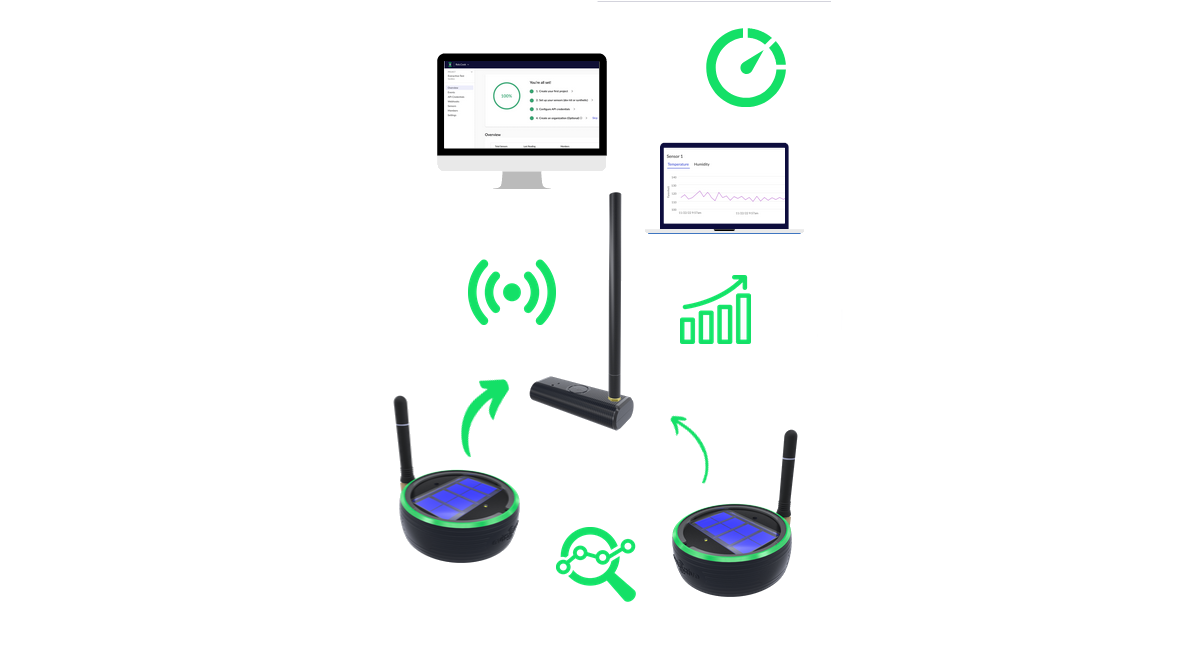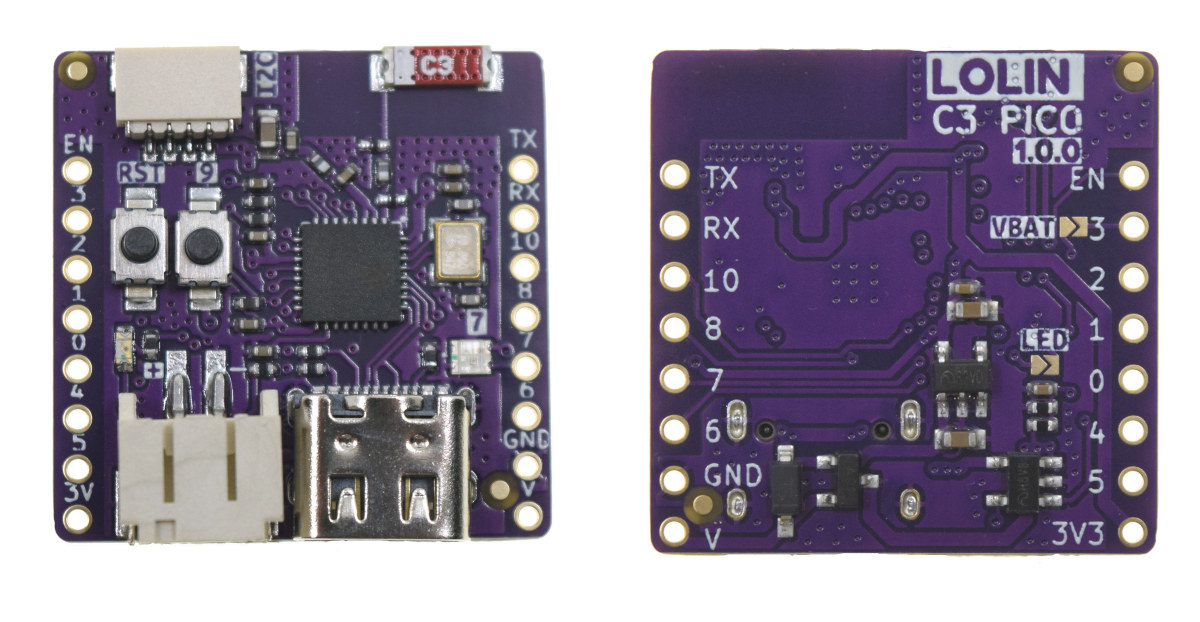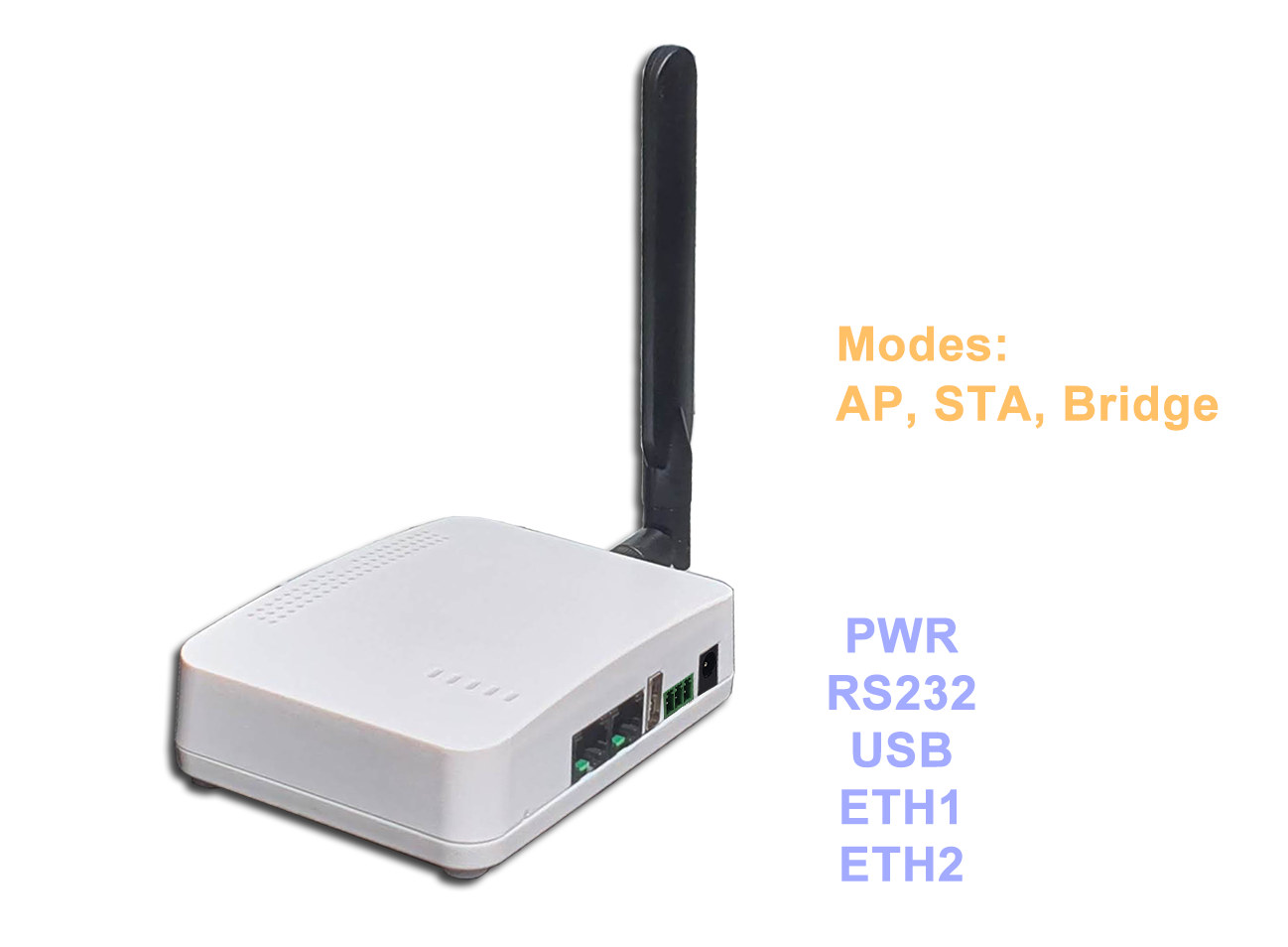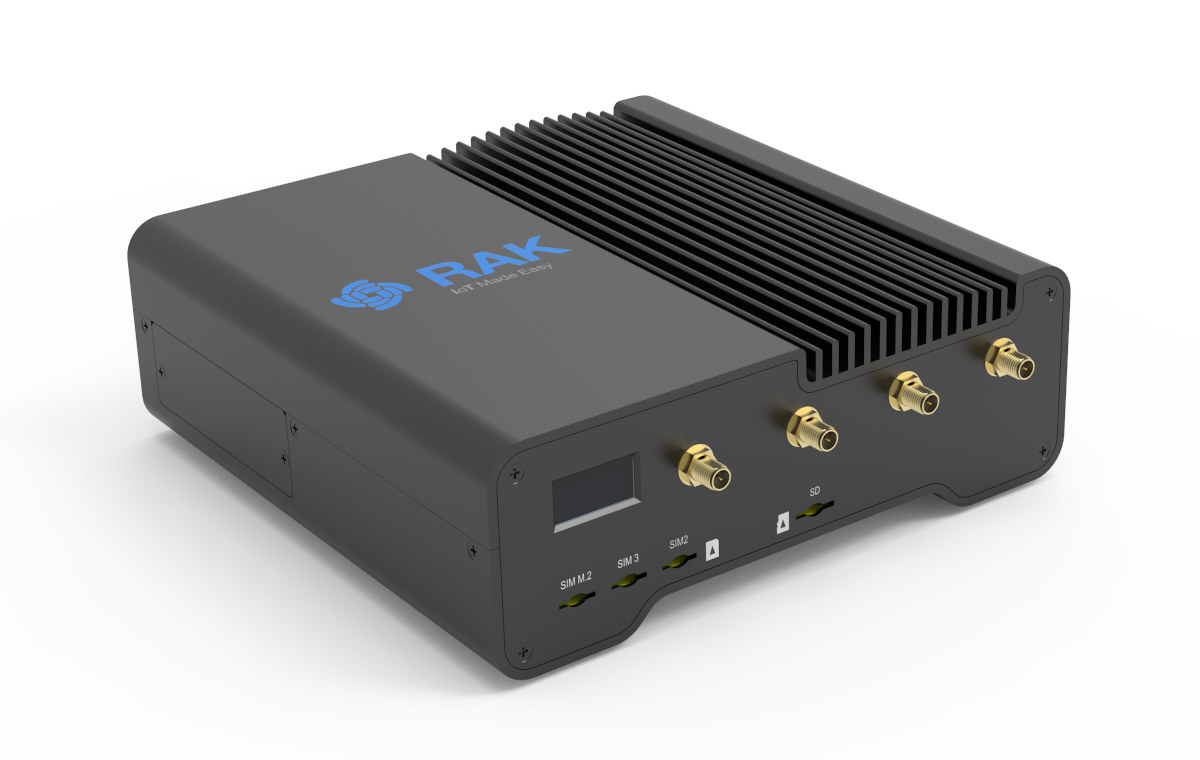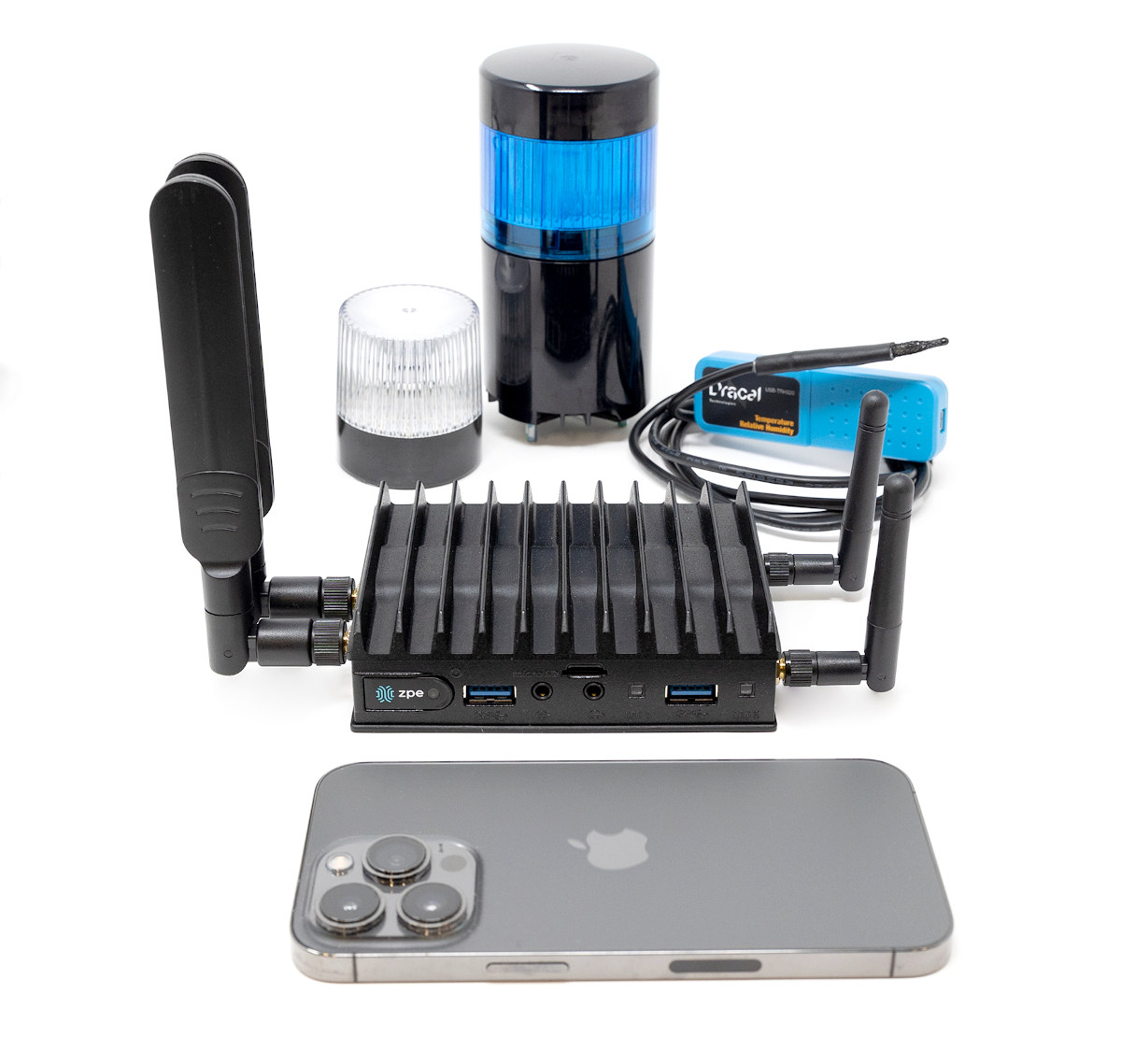We’ve seen two announcements of high-end RISC-V cores this week with the SiFive P670 and Andes AX65 processors each with a 4-way out-of-order pipeline, but Alibaba’s T-Head Semiconductor Xuantie C908 is a little different with a dual-issued, 9-stage in-order pipeline and support for the RISC-V Vector extension acceleration targeting mid-range AIoT applications. The C908 64-bit RISC-V core adopts the RV64GCB[V] instruction and complies with the RVA22 profile for better compatibility with Android and other “rich” operating systems. The company says its performance is between the C906 and C910 cores introduced in 2020 and 2019 respectively. XuanTie C908 highlights: RV32GCB[V] 32-bit and RV64GCB[V] 64-bit RISC-V architectures with Bit manipulation and (optional) Vector operations extensions Support for RV32 COMPAT mode which allows for 64-bit RISC-V CPUs to run 32-bit binary code, and was merged into Linux 5.19. XuanTie extensions, including Instruction, Memory Attributes Extension (XMAE). RVA22 profile compatibility Cluster of 1 to […]
Axiomtek iNA200 DIN-Rail cybersecurity gateway offers 6x Ethernet ports up to 2.5GbE
Axiomtek iNA200 is a DIN-rail mountable cybersecurity gateway powered by a choice of Elkhart Lake Atom x6000E-series processor and designed for operational technology (OT) network security. The fanless gateway comes with up to 32GB RAM, supports SATA storage, offers 2.5GbE & Gigabit Ethernet (RJ45/SFP) networking, and as it is designed for industrial settings, can take input from two 9V to 36V power sources and operate in the -40°C to 70°C temperature range. Axiomtek iNA200 specifications: SoC – Intel Atom x6212RE/x6414RE dua-core or quad-core Elkhart Lake processor with 16 EU Intel UHD Graphics; TDP: x6212RE: 6W, x6414RE: 9W System Memory – Up to 32GB DDR4-3200 SO-DIMM Storage – Support for 2.5-inch SATA III SSD, optional eMMC flash Video Output – HDMI Networking 2x Gigabit Ethernet RJ45 ports via Marvell 88E1512 controller with LAN Bypass 2x 2.5GbE RJ45 ports via Intel I225-IT controller with LAN Bypass and TSN function 2x Gigabit Ethernet […]
SONOFF NSPanel Pro control panel review with Zigbee modules, CAM Slim WiFi camera
ITEAD has sent us a Smart Home kit for review including the SONOFF NSPanel Pro Android control panel and Zigbee gateway, an enclosure stand, the CAM Slim WiFi camera, and four Zigbee modules, namely the SNZB-01 wireless switch, the SNZB-02 temperature & humidity sensor, the SNZB-03 motion sensor, and the SNZB-04 door/window sensor. In this review, we’ll configure the NSPanel Pro controller with the eWelink app in Android, show how to add the WiFi camera and Zigbee devices directly to NSPanel Pro, and go back to the eWelink app for more advanced features such as scenes with triggers and actions. Sonoff NSPanel Pro kit unboxing Let’s get started by having a closer look at the SONOFF NSPanel Pro controller. As previously noted, the device is based on Rockchip PX30 quad-core Cortex-A35 processor and runs Android 8.1. It acts both as a control panel and a WiFi to Zigbee 3.0 gateway. The […]
Everactive launches batteryless IoT devkit using Evernet low-power protocol
Everactive has launched a batteryless IoT devkit to let engineers evaluate its ultra-low-power energy harvesting solution and the Evernet wireless protocol for the “Hyperscale” Internet of Things. The kit is comprised of two environment sensors (ENV+ Eversensor) with a low-light photovoltaic harvester, one USB Evergateway, and an unlimited number of accounts to the Everactive developer console for data visualization. The ENV+ Eversensor features temperature, humidity, and pressure sensors, as well as a 3-axis accelerometer, supports the Evernet IoT protocol, and instead of using a battery for power, the device relies on a photovoltaic cell that provides enough energy for continuous data streaming to the USB gateway at a rate of once every 15 seconds. The public details about the development kit are rather light, but developers will have access to a developer console for data visualization, the ability to sandbox data & add virtual sensors, as well as access to […]
LOLIN C3 Pico is a tiny ESP32-C3 board with battery charging support
LOLIN C3 Pico is a tiny (25.4×25.4mm) ESP32-C3 RISC-V board with 2.4 GHz WiFi and Bluetooth Low Energy connectivity, a few I/Os, and LiPo battery support including charging circuitry. I tend to like Wemos/LOLIN boards, because of their small form factor, support for equally tiny shields, and low price. The LOLIN C3 Pico is no exception, and even adds a few features such as an RGB LED, an I2C connector, and support for battery power and charging. LOLIN C3 Pico specifications: SoC – Espressif Systems ESP32-C3FH4 single-core 32-bit RISC-V (RV32IMC) microcontroller up to 160 MHz with 400 KB SRAM, 4MB Flash Connectivity – 2.4 GHz WiFi 4 and Bluetooth 5.0 LE (in SoC) Expansion headers 2x 8-pin headers with up to 12x GPIO, ADC, I2C, SPI, UART (3.3V I/O voltage) LOLIN I2C port USB – 1x Type-C USB for 5V power and programming Misc – Reset button and user button, […]
WiFi HaLow IoT gateway is based on Morse Micro MM6108 802.11ah chip
Most WiFi HaLow hardware platforms we’ve seen so far are based on Newracom chips, but AsiaRF AP7688-WHM WiFi HaLow IoT gateway features a module based on Morse Micro MM6108 802.11ah SoC instead. The gateway is powered by a 580 MHz MediaTek MT7688 MIPS processor providing 802.11n WiFi 4 and dual Ethernet networking, and features a USB port as well as an RS232 console for industrial control. WiFi HaLow (802.11ah) enables video and data transmission at a range of up to one kilometer and data rates of up to 32.5 Mbps. AP7688-WHM WiFi HaLow gateway specifications: SoC – Mediatek MT7688 MIPS SoC @ 580 MHz with built-in WiFi 4 System Memory – TBD Storage – TBD Connectivity 2x Ethernet RJ45 ports 2.4 GHz WiFi 4 1T1R up to 150 Mbps; PCB antenna 850 to 950 MHz WiFi HaLow 1T1R up to 32.5Mbps @ 8 MHz bandwidth via Morse Micro MM6108 chip; […]
WisGate Connect Raspberry Pi CM4 gateway supports 2.5GbE, WiFi 6, BLE, LoRaWAN, 4G, 5G, and more
RAKwireless has just introduced the WisGate Connect gateway based on Raspberry Pi CM4 system-on-module with support for Gigabit and 2.5Gbps Ethernet plus various optional wireless connectivity option that can be added through Mini PCIe or M.2 sockets as well as expansion through WisBlock IO connectors. Wireless options include LoRaWAN, 4G LTE, 5G, WiFi 6, Zigbee, WiFi HaLoW, and more, while WisBlock modules enable features such as methane sensor, motor current sensor, temperature sensor, pressure control, and valve control among many others. WisGate Connect (RAK7391) specifications: SoM – Raspberry Pi CM4 with Broadcom BCM2711 quad-core Cortex-A72 processor @ 1.5GHz, 1 to 8Gb DDR4, optional 8 to 32GB eMMC flash, optional WiFi 5 and Bluetooth 5.0 LE Storage – MicroSD card socket for CM4 Lite modules only Video Output – HDMI 2.0 up to 4Kp60, 22-pin MIPI DSI connector Camera I/F – 2x 22-pin MIPI CSI connectors Networking Wired – Gigabit Ethernet […]
ZPE Nodegrid mini SR Intel Linux cloud gateway targets IoT and OT applications
ZPE Systems Nodegrid Mini SR is a compact cloud-orchestrated gateway designed for the secure management of Internet of Things (IoT) and Operational Technology (OT) infrastructures. Power by a dual-core Intel processor, the Linux-based device is equipped with 4GB RAM, a 16GB encrypted storage device, and whose hardware looks to be very similar to the Compulab Fitlet2 mini PC with two Gigabit Ethernet ports, four USB 3.0/2.0 ports, and optional support for WiFi 6 and 4G LTE. ZPE Nodegrid mini SR specifications: SoC – Unnamed Intel x86 64-bit dual-core processor, most likely Intel Atom x5-E3930 dual-core Apollo Lake processor (upgrades can be provided) System Memory – 4GB DDR3 Storage – 16 GB Self Encrypted Disk (SED), MicroSD card slot Video Output – HDMI Connectivity 2x Gigabit Ethernet RJ45 ports with PoE Optional 802.11ax WiFi 6 and Bluetooth with two external antennas Optional 4G LTE cellular connectivity with a single SIM card […]


